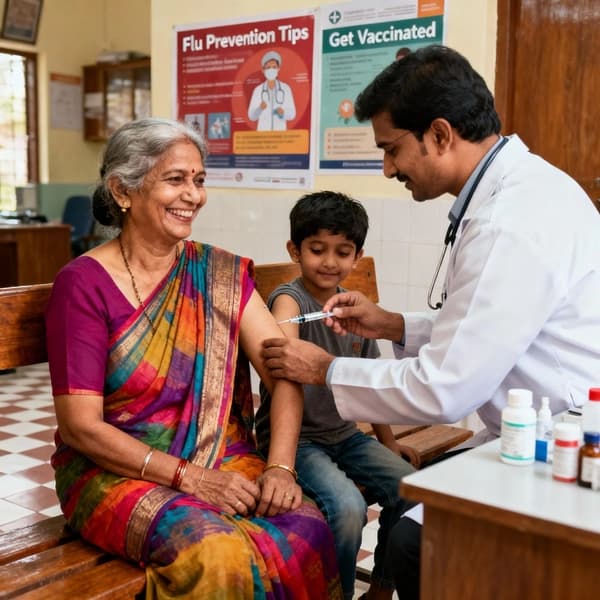
Influenza causes significant illness, hospitalizations, and deaths, especially in vulnerable populations such as children, older adults, and those with medical conditions.
• India’s official focus predominantly remains on H1N1, despite outbreaks of other strains like influenza B and H3N2.
Key Observations
• India experiences two distinct influenza peaks annually: January–March (winter) and July–September (post-monsoon).
• Existing vaccines offer only short-lived protection, often waning within three to six months, leaving people unprotected during the second peak.
Vaccine Issues
• Two vaccine types in India: inactivated (injection) and live attenuated (nasal spray); effectiveness varies by strain and age group.
• Protection is best against H1N1, moderate for influenza B, and weakest for H3N2.
• Less than 5% of Indians receive flu vaccines due to perception, low awareness, and lack of government support.
Proposed Solutions
• The article advocates a biannual vaccination strategy: one dose before monsoon (May/June), another before winter (Nov/Dec), to ensure year-round protection.
• Inclusion in the Universal Immunisation Program (UIP) and public awareness campaigns are recommended to boost coverage and normalize vaccination.
Overview
• The authors emphasize the need for policy change and greater public acceptance, arguing that biannual vaccination with government support could dramatically reduce influenza burden in India.




